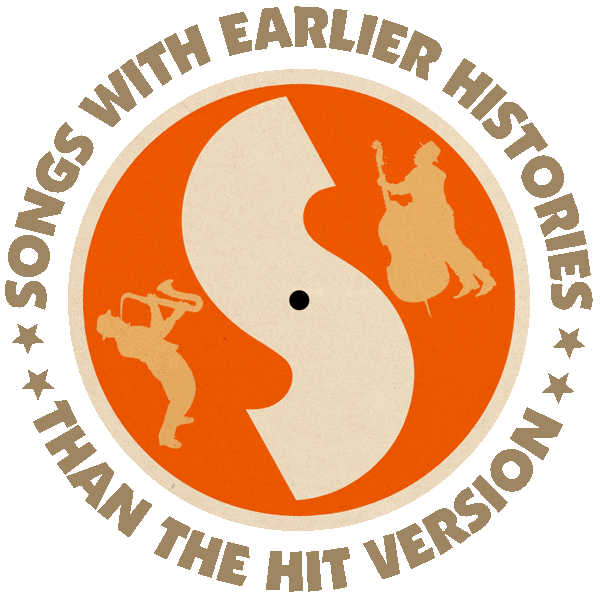Based on “A Thousand Miles Away” by The Heartbeats (US #52/R&B #5 1956).
Hit versions by Shep & the Limelites (US #2/R&B #4 1961), Cliff Richard (US #23/MOR #3/UK #2 1981).
From the wiki: “‘A Thousand Miles Away’, written by James Sheppard, was recorded in 1956 by the Doo-wop group The Heartbeats (who were discovered by William Miller, A&R man for Hull Records, who also received a co-writing credit). Sheppard wrote the song after his ex-girlfriend moved away to Texas. He would go on to form the group Shep & the Limelites in 1960, at which point he adapted his original song into a new one, titled ‘Daddy’s Home’. Kahl Music, publisher of ‘A Thousand Miles Away’, sued Keel Music, publisher of ‘Daddy’s Home’, for copyright violation. Keel eventually lost, and this resulted in the end of both the Limelites and of Hull Records in 1966.
“The original ‘A Thousand Miles Away’ enjoyed a revival in the early 1970s when it was included on the American Graffiti motion picture soundtrack. UK singer Cliff Richard scored a Top 10 (and US Top 40) hit with his 1981 cover of ‘Daddy’s Home’.”

